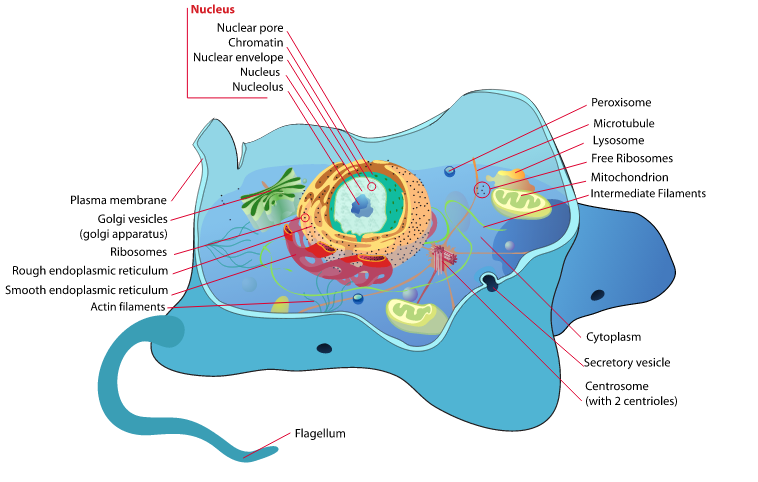Notoryctemorphia is an order of marsupial moles that is unique to Australia. These small, burrowing mammals are known for their cylindrical body shape, lack of external ears and eyes, and specialized digging claws. They are classified as an order within the marsupial infraclass, which also includes kangaroos, koalas, and wombats.
Studying marsupial moles is important for understanding the diversity of Australian fauna. Australia is home to a wide range of unique and endemic species, and marsupial moles are no exception. By studying these fascinating creatures, scientists can gain insights into the evolutionary history and adaptations of Australian mammals.
Summary
- Notoryctemorphia is a unique order of marsupial moles found only in Australia.
- Marsupial moles have physical adaptations such as a streamlined body and shovel-like forelimbs for life underground.
- Marsupial moles are found in arid and semi-arid regions of Australia and are threatened by habitat loss and fragmentation.
- Marsupial moles feed on insects and have a unique reproductive system where females have only two teats.
- The evolutionary history of marsupial moles in Australia dates back to the Miocene epoch and they are considered a living fossil.
The Physical Characteristics of Marsupial Moles: Adaptations for Life Underground
Marsupial moles have several unique physical features that allow them to thrive in their underground habitat. Their cylindrical body shape is ideal for moving through the soil, as it reduces resistance and allows them to navigate narrow tunnels. They lack external ears and eyes, as these features are unnecessary in their dark underground environment.
One of the most striking adaptations of marsupial moles is their specialized digging claws. These claws are long and curved, allowing them to efficiently dig through the soil. The claws are also covered in tough keratin, which protects them from wear and tear during digging.
These adaptations enable marsupial moles to live a completely subterranean lifestyle. They spend most of their lives underground, rarely venturing to the surface. This unique lifestyle sets them apart from other marsupials and makes them a fascinating subject of study.
Distribution and Habitat of Marsupial Moles in Australia
Marsupial moles are found in various parts of Australia, primarily in arid and semi-arid regions. They have a wide geographic range, with different species occupying different areas. For example, the southern marsupial mole (Notoryctes typhlops) is found in the deserts of Western Australia and South Australia, while the northern marsupial mole (Notoryctes caurinus) is found in the grasslands of Queensland and the Northern Territory.
These moles are well adapted to their specific habitats. In desert regions, they are able to survive in extremely dry conditions by obtaining all the moisture they need from their food. In grassland areas, they are able to navigate through the loose soil and find their prey.
Feeding and Reproduction Habits of Marsupial Moles
| Feeding and Reproduction Habits of Marsupial Moles | Measurement | Value |
|---|---|---|
| Food Consumption | Grams per day | 10-20 |
| Food Type | Insects and larvae | N/A |
| Reproduction | Gestation period | 50-60 days |
| Reproduction | Number of offspring | 1-3 |
| Reproduction | Age of sexual maturity | 1 year |
Marsupial moles primarily feed on insects and other small invertebrates that live underground. They use their keen sense of smell to locate their prey, and then use their specialized digging claws to dig through the soil and capture it. They have a high metabolic rate, which allows them to quickly process their food and extract the nutrients they need.
Reproduction in marsupial moles is unique compared to other marsupials. The female gives birth to tiny, underdeveloped young that crawl into her pouch. The young complete their development inside the pouch, where they attach themselves to a teat and continue to grow. Once they are fully developed, they leave the pouch and begin to explore their underground habitat.
The Evolutionary History of Marsupial Moles in Australia
The evolutionary history of marsupial moles in Australia is a fascinating subject of study. They are believed to have diverged from other marsupials around 64 million years ago, during the Paleocene epoch. Over time, they developed their specialized adaptations for underground life, including their cylindrical body shape, lack of external ears and eyes, and specialized digging claws.
The exact reasons for these adaptations are still not fully understood. It is believed that the underground lifestyle of marsupial moles may have evolved as a response to competition for resources on the surface. By burrowing underground, they were able to access a different food source and avoid competition with other mammals.
Threats and Conservation Efforts for Marsupial Moles

Marsupial moles face several threats to their survival, primarily due to habitat loss and fragmentation. As human populations expand and land is cleared for agriculture and development, the natural habitats of these moles are being destroyed. This puts them at risk of losing their food sources and being unable to find suitable places to burrow.
Conservation efforts are underway to protect marsupial moles and their habitats. These efforts include the establishment of protected areas, such as national parks, where the moles can live undisturbed. Additionally, research is being conducted to better understand the needs and behaviors of marsupial moles, which can inform conservation strategies.
The Role of Marsupial Moles in Australian Ecosystems
Marsupial moles play an important ecological role in Australian ecosystems. As they dig through the soil, they create tunnels and burrows that help aerate the soil and improve its structure. This can have a positive impact on soil health and nutrient cycling.
Additionally, marsupial moles serve as prey for other animals in the ecosystem. Their presence provides a food source for predators such as snakes and birds of prey. By maintaining a healthy population of marsupial moles, these predators are able to thrive.
Interesting Facts about Marsupial Moles: What Makes Them Unique?
Marsupial moles have several interesting and unique characteristics that set them apart from other mammals. One fascinating fact is that they are able to survive without drinking water. They obtain all the moisture they need from their food, which allows them to live in extremely dry environments.
Another interesting fact is their method of digging through sand. Marsupial moles use a unique technique called “swimming” to move through loose sand. They use their forelimbs to push the sand away from their bodies, creating a swimming motion that allows them to move efficiently through the sand.
The Cultural Significance of Marsupial Moles in Indigenous Australian Communities
Marsupial moles hold cultural significance in Indigenous Australian communities. They are often featured in traditional stories and ceremonies, where they are seen as symbols of resilience and adaptability. Their unique adaptations and ability to survive in harsh environments are admired and respected by Indigenous Australians.
In some communities, marsupial moles are also used for their fur, which is used to create traditional clothing and accessories. The harvesting of marsupial mole fur is done sustainably and in accordance with traditional practices, ensuring that the populations of these animals are not negatively impacted.
Future Research and Discoveries in the World of Notoryctemorphia
There is still much to learn about marsupial moles and their unique adaptations. Current research efforts are focused on understanding their biology, behavior, and ecological role in Australian ecosystems. Scientists are using advanced techniques such as DNA analysis and remote sensing technology to gather data on these elusive creatures.
Future discoveries in the world of Notoryctemorphia could have significant implications for our understanding of Australian fauna. By studying the adaptations and evolutionary history of marsupial moles, scientists can gain insights into the processes that have shaped Australia’s unique biodiversity. This knowledge can inform conservation strategies and help protect these fascinating creatures for future generations to enjoy.
FAQs
What is Notoryctemorphia?
Notoryctemorphia is an order of marsupials commonly known as marsupial moles. They are found in the deserts of Western Australia.
What do marsupial moles look like?
Marsupial moles have a cylindrical body, small eyes, and no visible ears. They have powerful forelimbs and a shovel-like snout that they use to dig through the sand.
What do marsupial moles eat?
Marsupial moles feed on insects, larvae, and other small invertebrates that they find while digging through the sand.
How do marsupial moles reproduce?
Marsupial moles have a short gestation period of around 14 days. The young are born undeveloped and crawl into the mother’s pouch where they continue to develop.
Are marsupial moles endangered?
Marsupial moles are considered to be a vulnerable species due to habitat loss and degradation. They are also threatened by feral cats and foxes, which prey on them.
Can marsupial moles be kept as pets?
No, marsupial moles are protected under Australian law and cannot be kept as pets. It is also illegal to export them from Australia.


